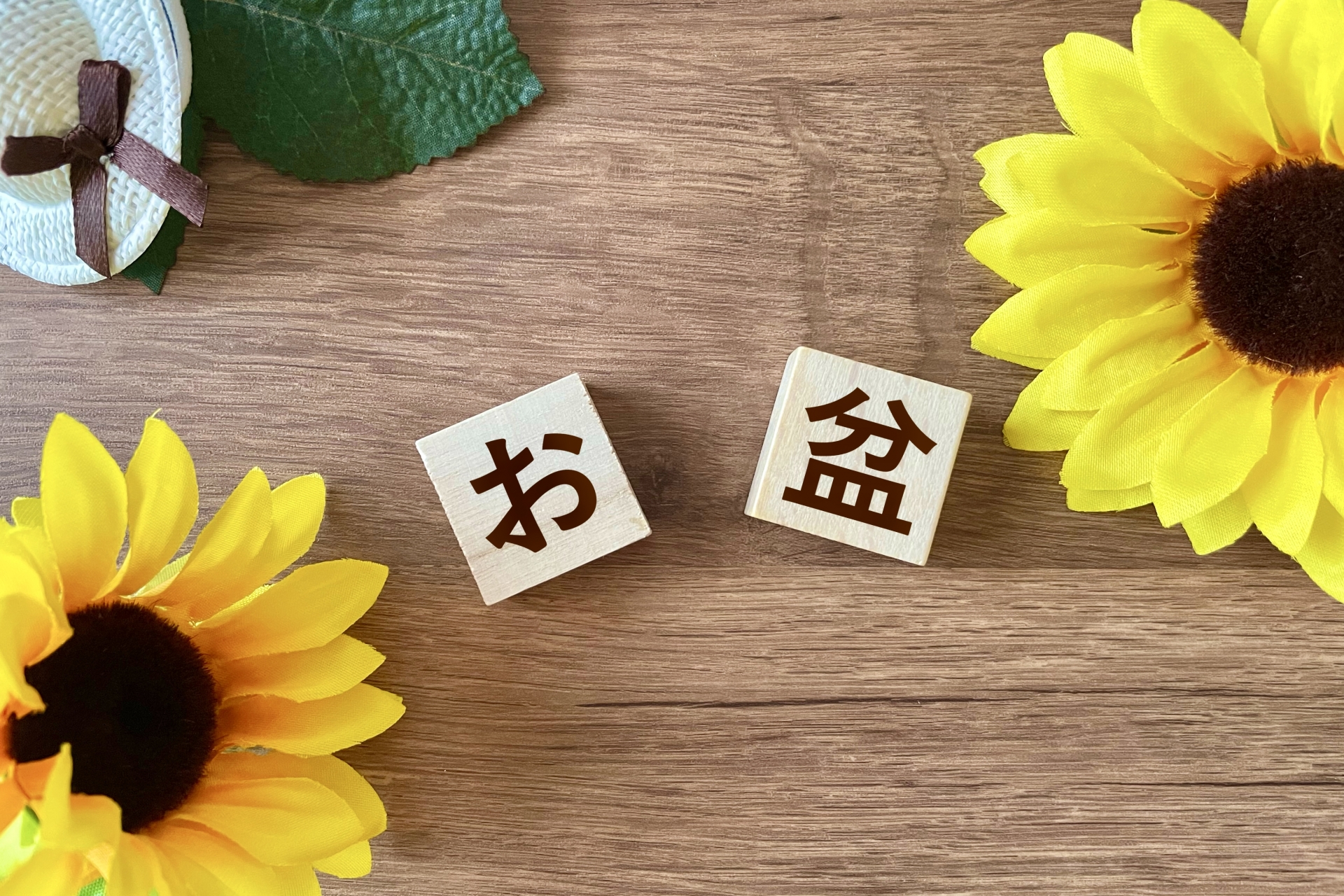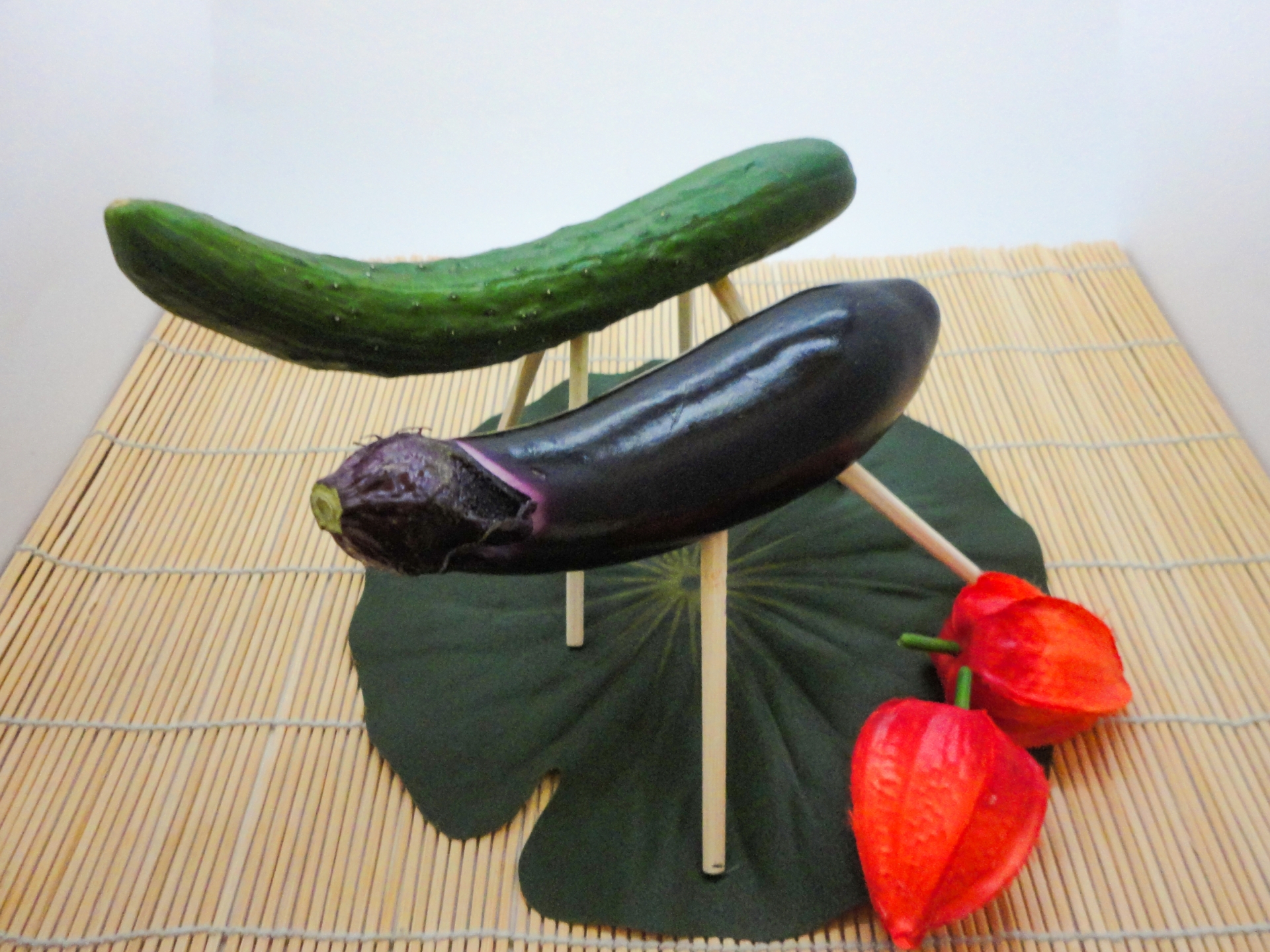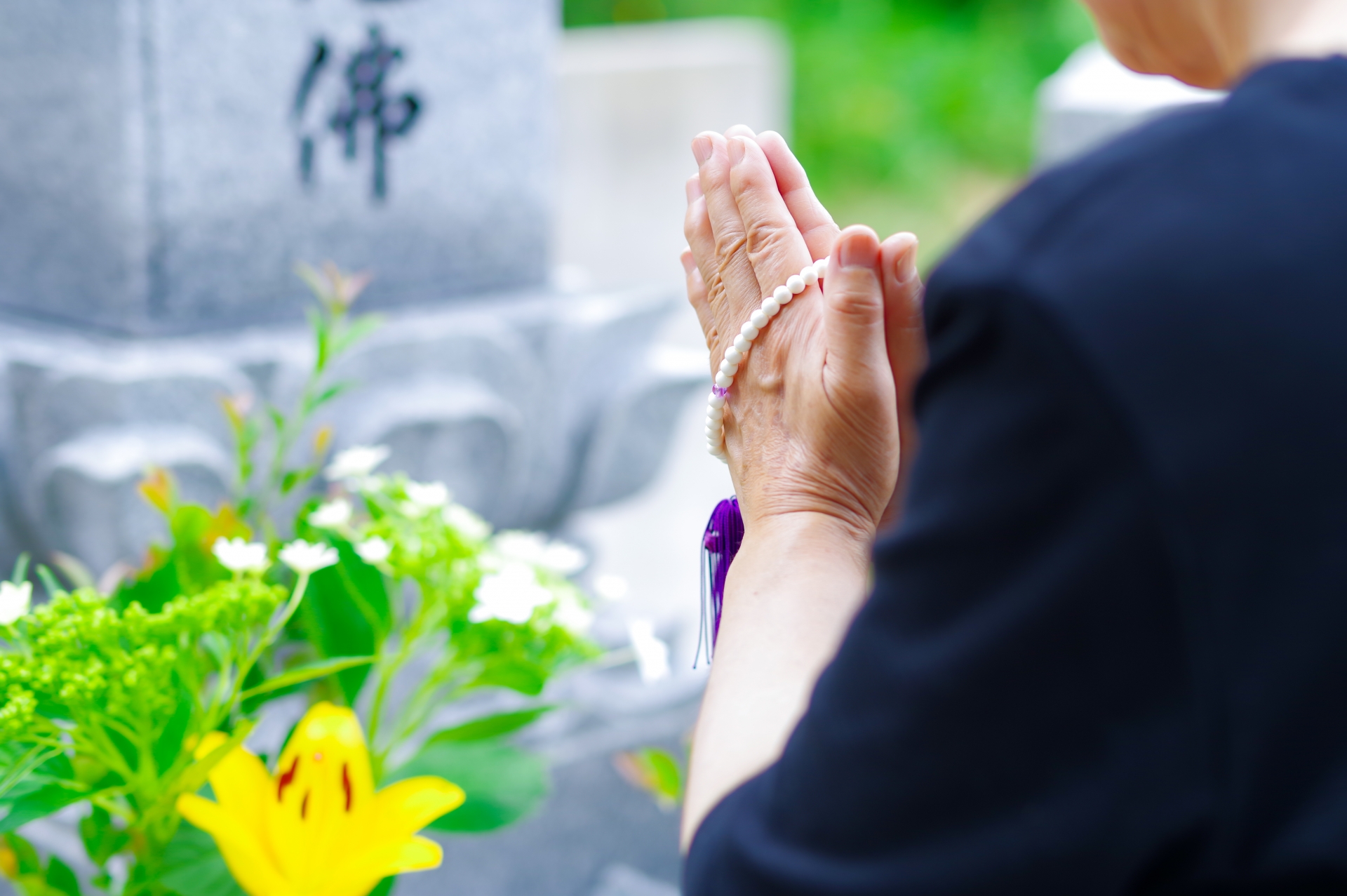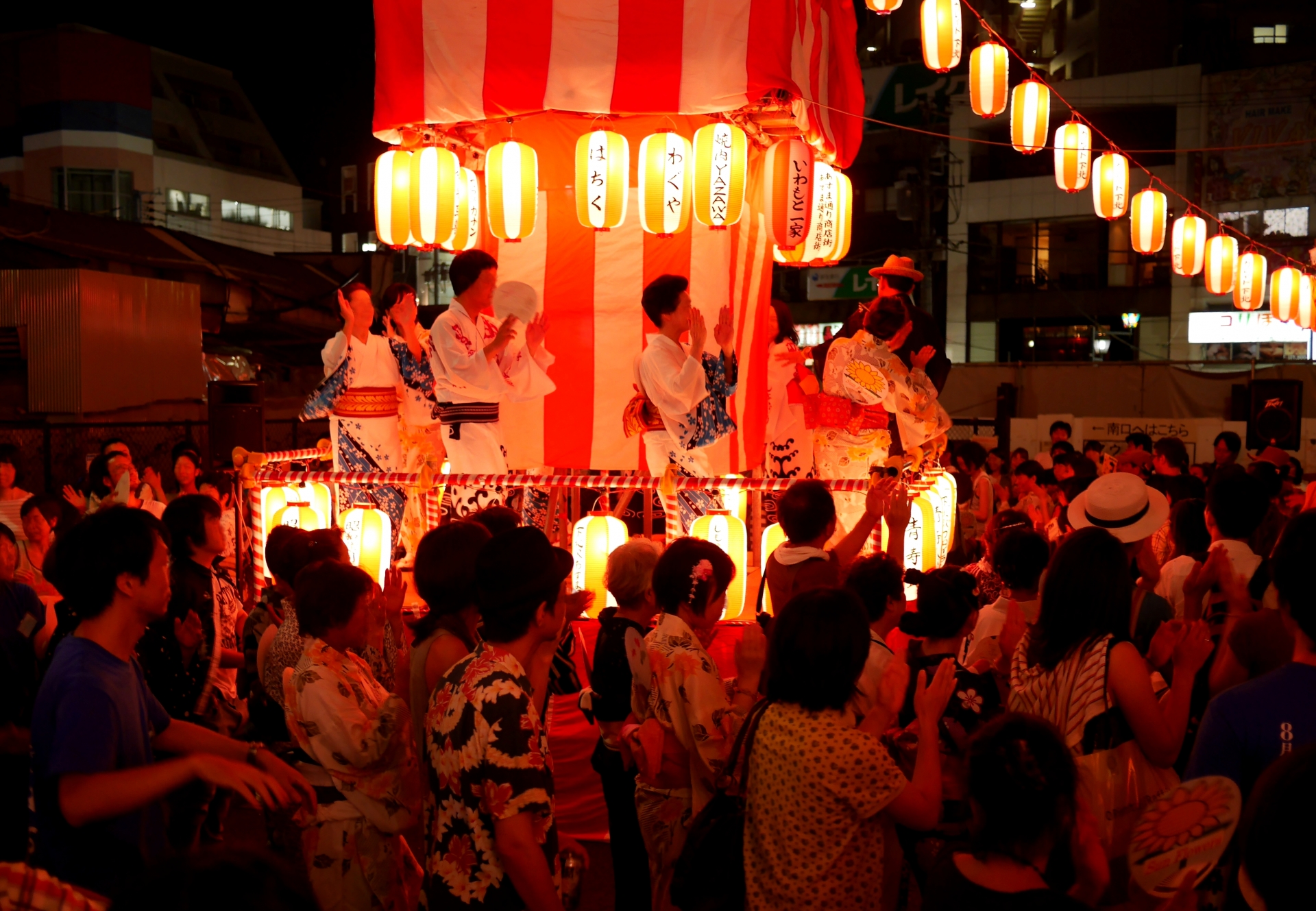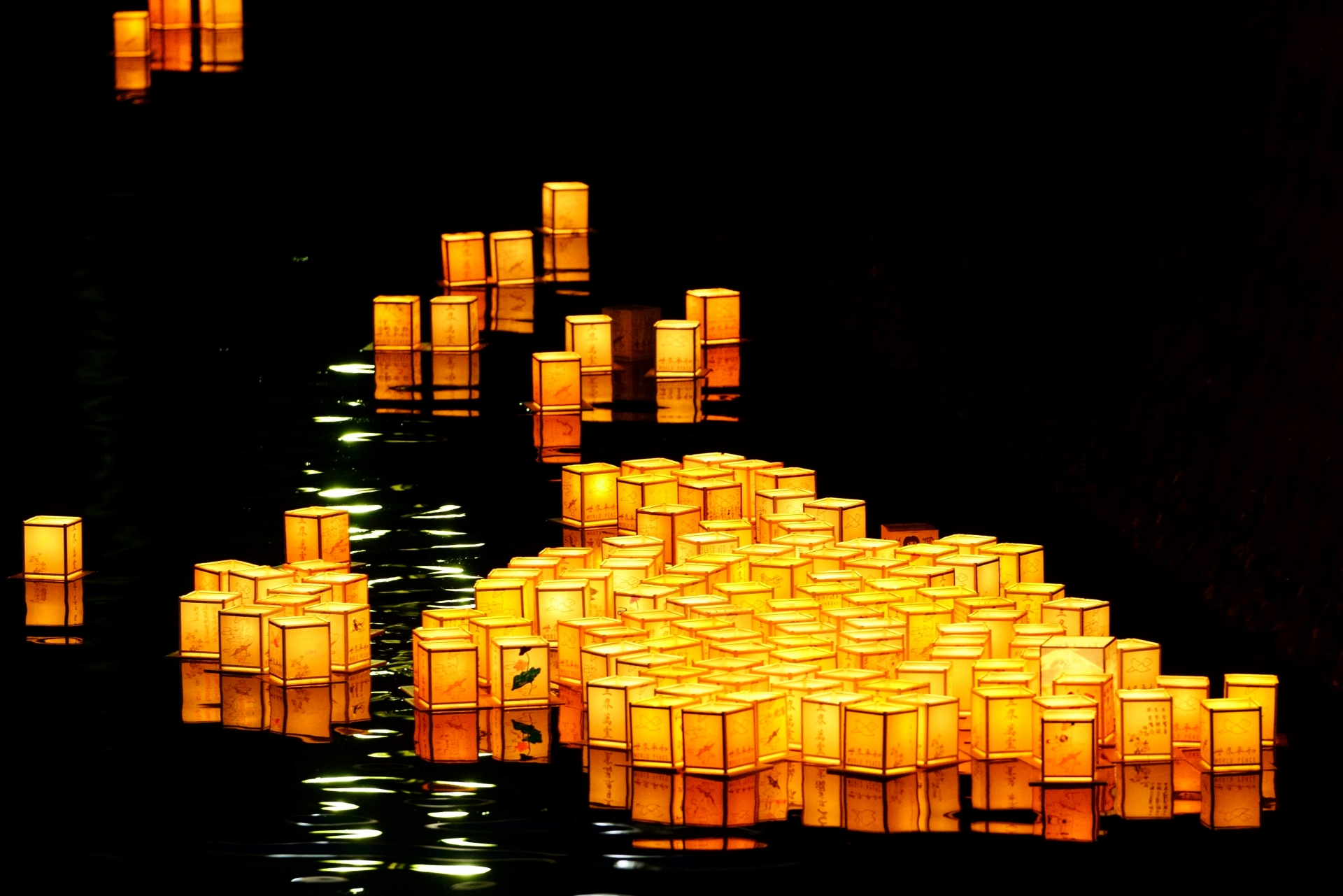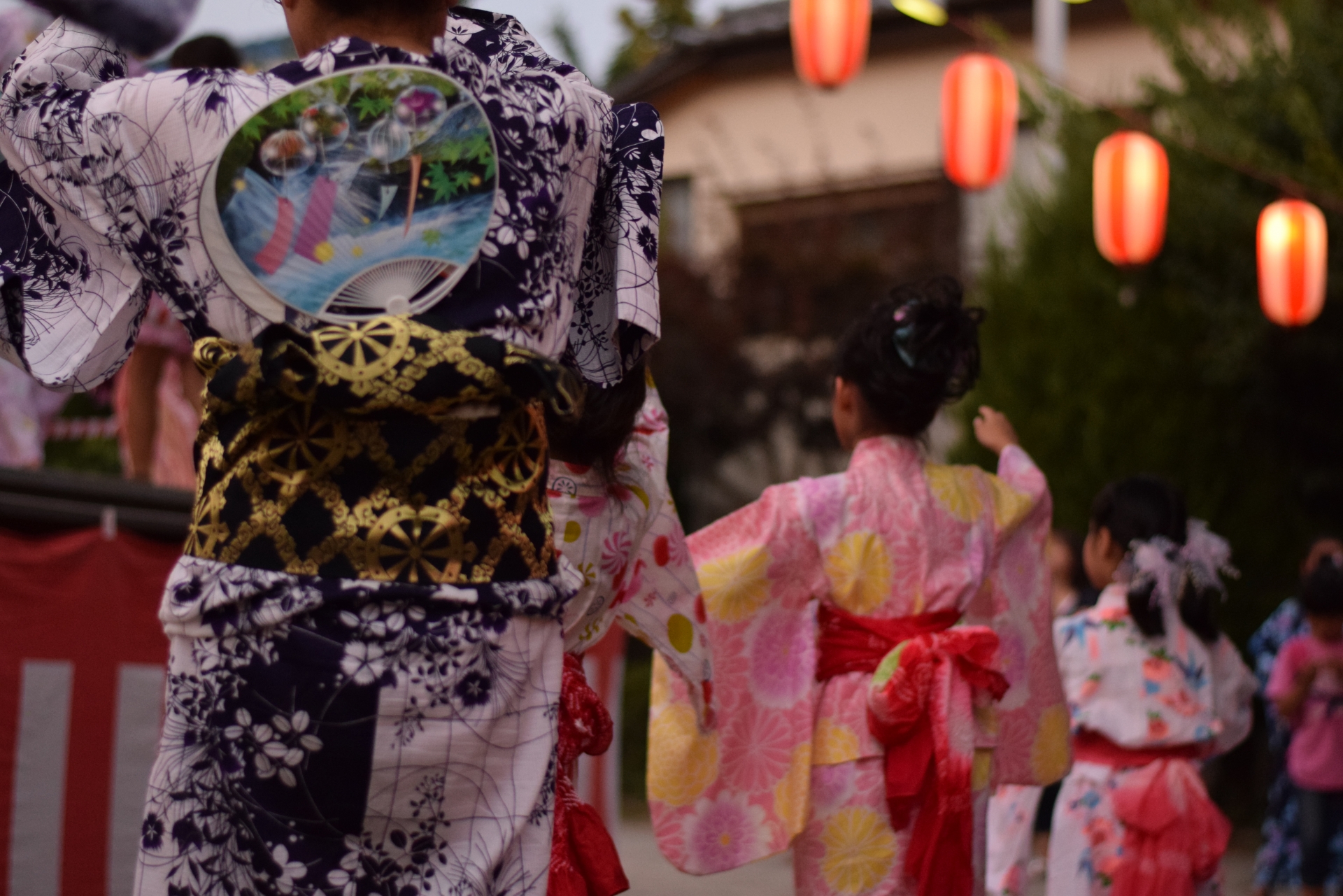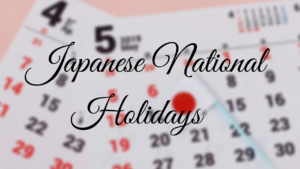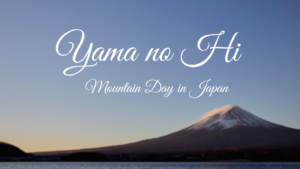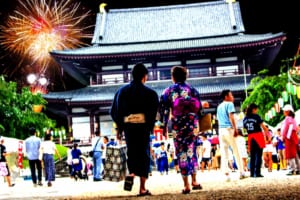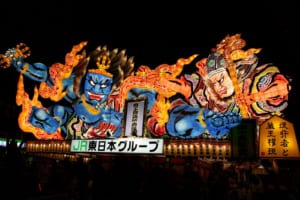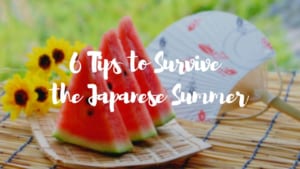What is Obon?
Obon: The day when the spirits of ancestors return and meet the living in Japan

In Japan the Tanabata festival marks the beginning of summer, and with it comes the season of heat, kakigori, festivals and fireworks. Probably, especially if you live in Japan, you have seen summer festivals where several people gather to dance, around a structure that has many paper lanterns. You may have thought that this is simply a summer festival but it’s actually the final celebration of Obon, one of the most important celebrations in Japan.
This celebration it’s to commemorate and remember our relatives who are no longer with us. The belief says that on this date their spirits travel to our world to spend a few days with us. After spending 3 days together, the spirits had to return to the other side. It’s often compared to Halloween or Day of the Dead, but it’s slightly different. In this article I will explain what Obon is and how it is celebrated!
What is Obon?
After New Year’s Day, Obon (お盆) is the second most important holiday in Japan. Obon is the Buddhist festival to welcome the spirits of your ancestors and is celebrated in mid-August, usually from the 13th to the 16th. In some areas it’s celebrated in mid July, since Obon is observed in the 7th month of the year, which is August according to the lunar calendar but July in the solar calendar. However, since Obon is a buddhist celebration, most of the people use the original lunar calendar.
According to Buddhist belief, during Obon the souls of ours ancestors come to visit. The tradition is to return to your parents’ home and visit the family grave together, as well as enjoy time with those who are still alive. Therefore, although it’s not a national holiday, many companies in Japan close during these days and give their workers off. Many people work in big cities like Tokyo or Osaka but their parental home is in another prefecture, so they can travel back home, just as they do on New Year’s Day.
How is Obon celebrated?
The first day is the day when the spirits are welcomed. The famous paper lanterns, called chochin in Japanese, are used to guide the spirits back home and some families hang them in front of the house. In some places they even make small bonfires. Another practice that used to be done a few years ago but that nowadays only very few people realize is to prepare a horse and a cow using a cucumber and an eggplant and 4 chopsticks as the legs. They are the mounts that will bring the ancestors and take them back. The horse, which is the cucumber, is the one in charge of bringing them, as they want them to arrive quickly. The cow, symbolized by the eggplant, is in charge of bringing them back slowly.
The second and third days are dedicated to going to the cemetery to clean the family grave, bring flowers and food offerings and pray for those who are no longer with us. It’s also time to eat with the family. As it’s a Buddhist celebration, the traditional food on these days should be vegetarian food, similar to that served in temples. But the truth is that the most common meals for these days are soumen, tempura, unagi, dango and ohagi. It’s also common as many people gather in family dishes such as chirashi sushi, sashimi, etc.
Finally, the Obon ends on the fourth day with the famous bon-odori dances and a bonfire. In bon odori dances many people gather and dance together. It’s the way to send the spirits back home and say goodbye to them. Although others say it’s a way to welcome the spirits and dance with them. Beliefs and meanings vary somewhat in different regions but what is for sure is that is the most lively and fun day of the Obon!
Nowadays, some people don’t know the origin of these dances and their relation with the Obon and they have become a festival in itself and as I said before a symbol of the Japanese summer, being very popular events. This may also be due to the fact that there are some temples that hold the festival on different dates from those of the Obon so that all the festivals don’t coincide at the same time (and so more people can go). As you can’t miss in any Japanese festival, there is also a lot of delicious food, drinks and games.
This is usually the most common or what tradition says, but there are different ways to celebrate this celebration depending on the region, the type of religious sect you follow (in Japan Buddhism has several sects, as branches of the same belief).
Another of the most famous celebrations is the festival known as “Toro Nagashi”. In this case, to help and guide the spirits to return to the other side, paper lanterns are placed in the river to be carried away by the current.
One of my Japanese friends who comes from a smaller, more rural area in Japan, explained to me that in his family what they do is that on the day of mukaebi they go with an unlit paper lantern to the cemetery. There they pray, and they light the paper lantern so that the souls of their ancestors will follow them back home. The idea is that they carry them attached to their backs, or somehow ‘inside’ the paper lantern. When they get home they leave the lantern there. On okuribi day they go to the cemetery again with the paper lantern on, and when they get there they turn it off. This is how they go to look for their departed loved ones and bring them back.
Surely there are also many other types of celebrations in different rural areas. But there is one thing in common: after spending a few pleasant days with the family, it’s time to go back to the city.
What do Do in Japan during Obon
For those of you who are from abroad and your family is not here, if you feel like traveling during these dates and enjoy the Japanese culture and tradition, there are three festivals that are the most popular. My favorite and most recommended is the Awa Odori Festival in Tokushima, Shikoku Prefecture. It’s the most famous awa odori festival in the whole country, and one of the most vibrant and energetic festivals. If you are looking for something quieter, the Gozan no Okuribi Festival, more commonly known as Daimonji, has become very famous.The main attraction is the five giant bonfires that are lit on mountains surrounding the city on the last day of Obon. And for something in between, you can go to the Gujo Odori Festival in Gifu prefecture.
Obon is, along with New Year and Golden Week, one of the longest holiday periods in Japan, famous for its long working hours and few vacations. In addition, the 11th is a national holiday, so many people will probably take the 12th off to be able to put a week together. So if you want to travel on these dates, I recommend you to book in advance, expect high prices and be patient as there will be crowds. For those traveling by road, it’s likely to encounter traffic jams.
And if you have to stay in the city, don’t worry, there are plenty of obon festivals to enjoy in Tokyo too! I recommend you the Tsukiji Honganji Temple Bon Odori Festival, held next to the Tsukiji Fish Market and the Koenji Awaodori Festival, the second biggest awa odori festival in Japan.
▽Here are Japanese national holidays throughout the year!▽
And that’s all! I hope you liked it and I have been able to bring you a little closer to Japanese culture and traditions. For more information about summer in Japan or interesting facts about their culture, check these articles too!
▽Related Articles▽
▼Editor’s Picks▼
Written by
From Barcelona to Tokyo. Coffee & Adventure lover.
I started to like Japan because of the anime, music and dramas, but after my first trip to the country I found what I love the most: traveling around, the culture and history. I have travelled a lot in Japan, but I still have many places to discover that I want to share with you. Let’s discover Japan together!
Also, as a foreigner living in Japan for over 6 years I understand what kind of things are difficult when you move here and I want to help other people in the same situation that I have in the past.





